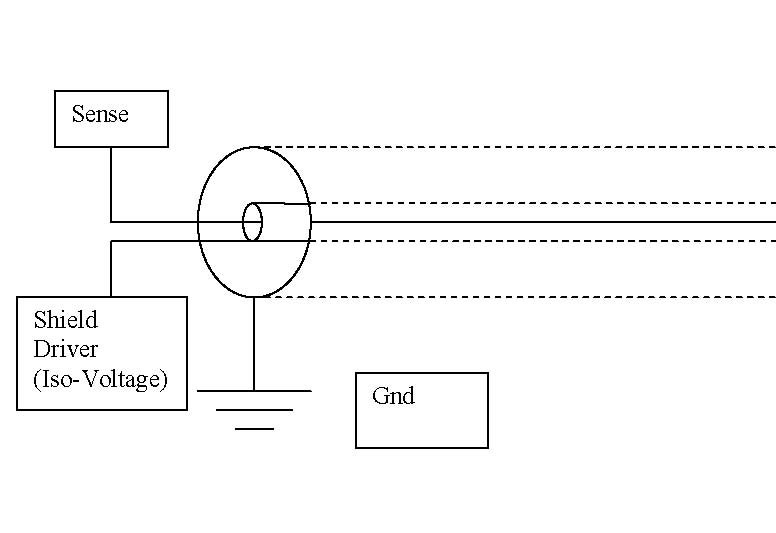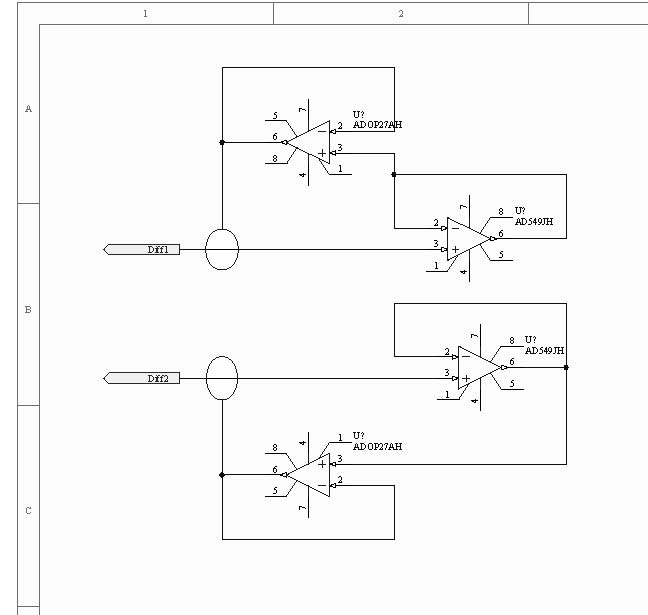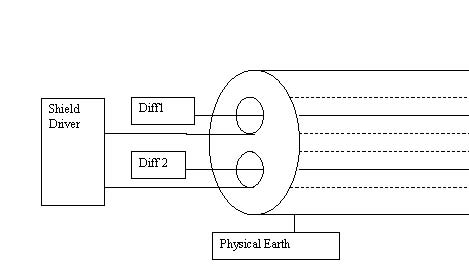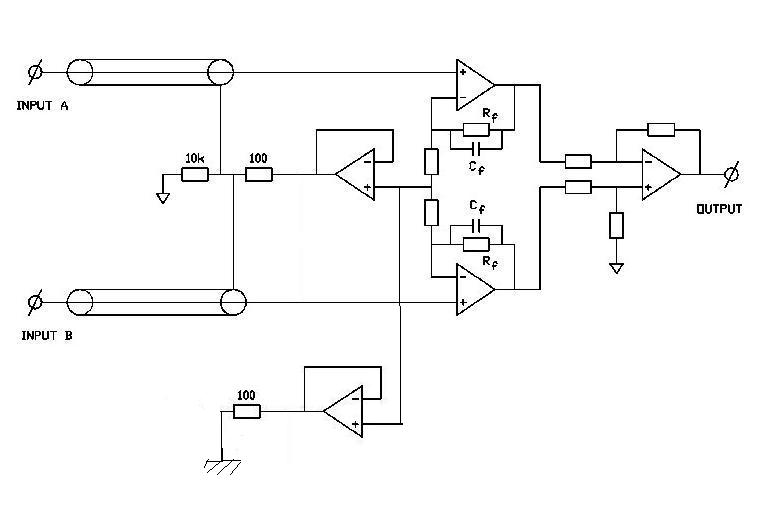fala
Full Member level 5
high impedance voltage measurement
Hello, I want to measure a very small current at nA Scale precisely over a 100 M Ohm Resistor and read the value by a 16 bit ADC, I know there are many factors that can influence success of such measurement but I want to focus on shielding from outside noise in this post. I have two options, May someone tells me what option is better and why?
1- shield using physical earth and then connecting physical earth to system ground by a high impedance connection.
2-shielding by physical earth and connecting physical earth directly to system ground at one point(power supply)
Hello, I want to measure a very small current at nA Scale precisely over a 100 M Ohm Resistor and read the value by a 16 bit ADC, I know there are many factors that can influence success of such measurement but I want to focus on shielding from outside noise in this post. I have two options, May someone tells me what option is better and why?
1- shield using physical earth and then connecting physical earth to system ground by a high impedance connection.
2-shielding by physical earth and connecting physical earth directly to system ground at one point(power supply)



